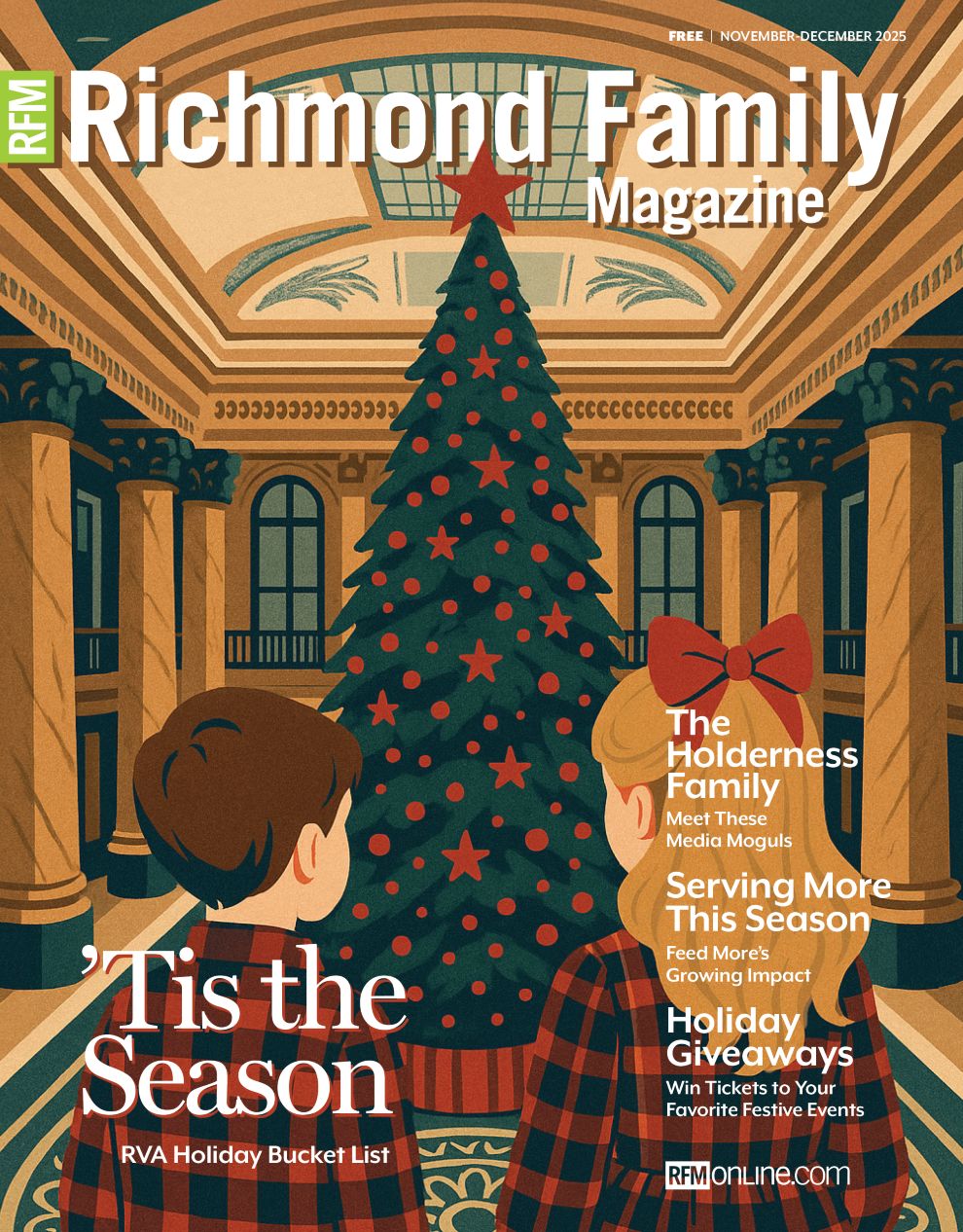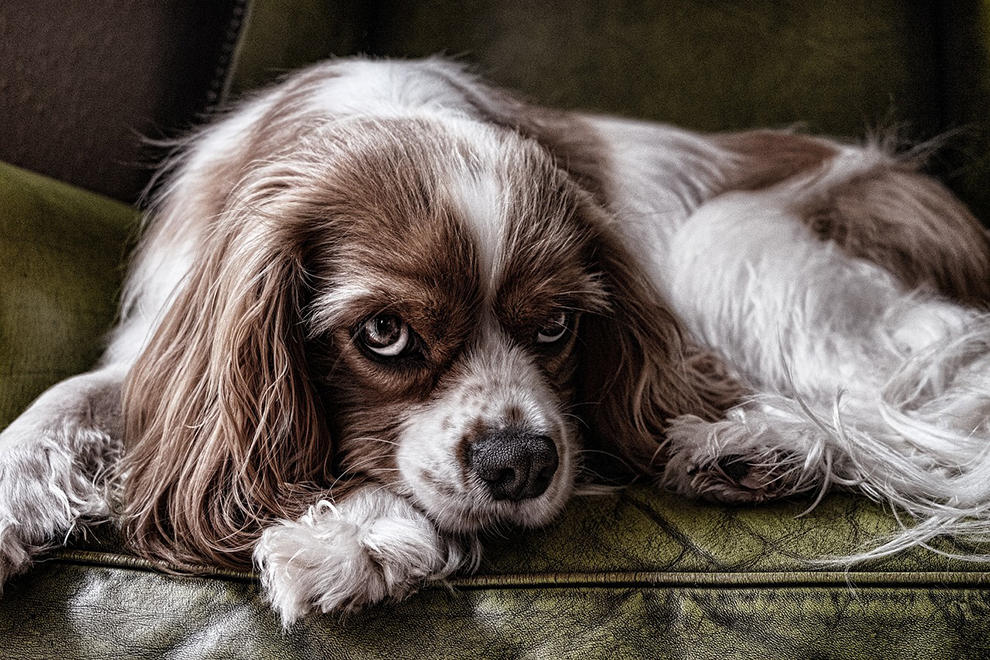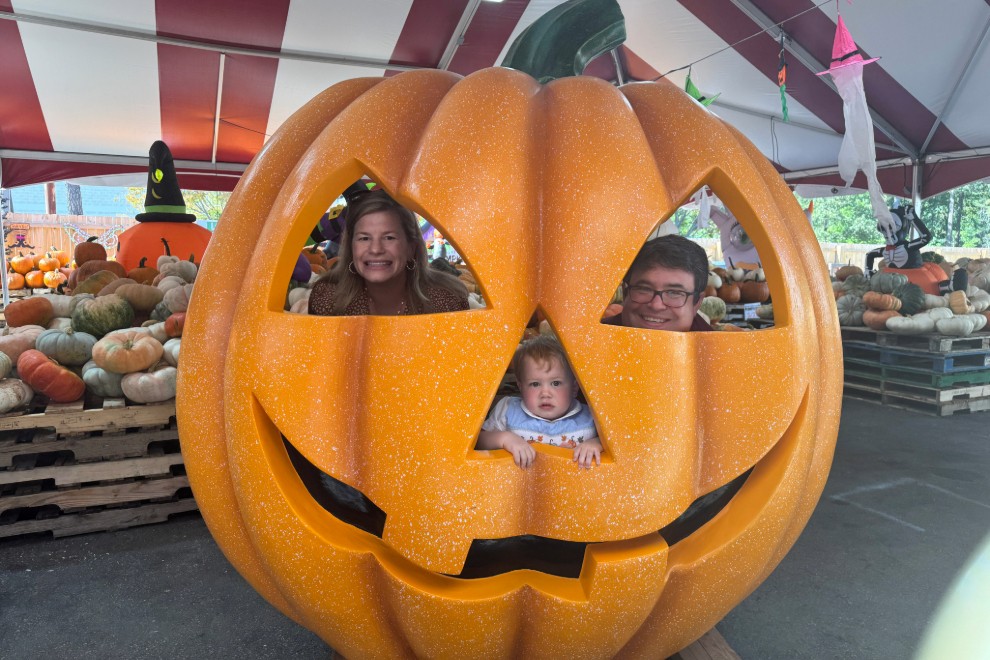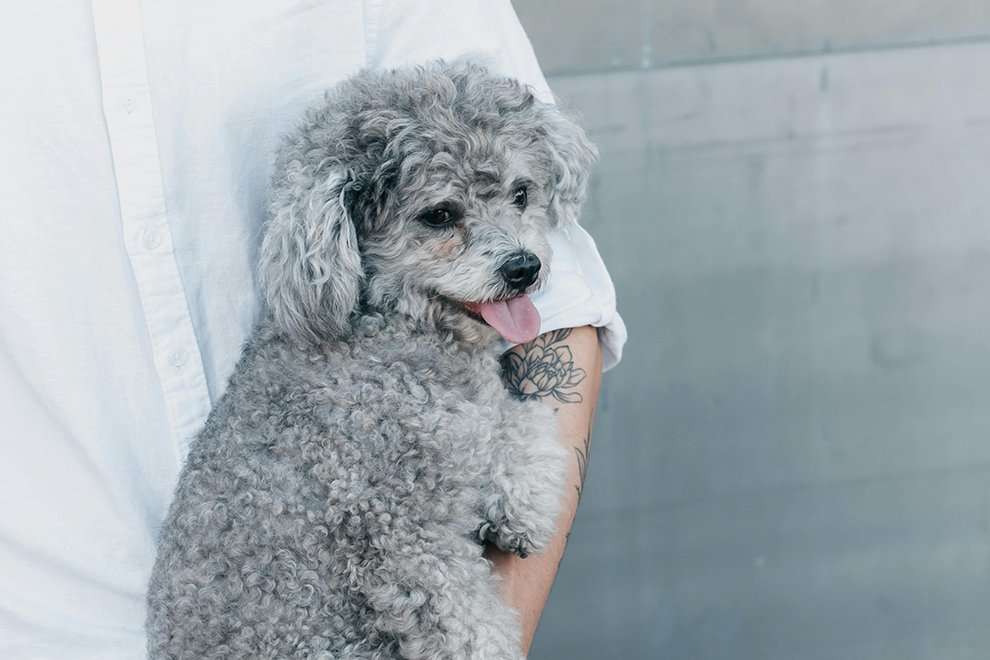I was watching a cute video this morning of dogs playing together. While the focus of the video was on two dogs in the center of the screen, off to the side I watched as another dog – let’s call him Fido – purposely pushed a playmate off the dog day care attendant’s lap so that he could jump into it! In fact, Fido seemed thoroughly aghast that another dog would dare take his place. Fido was clearly jealous of the attention the attendant was giving to his playmate.
Because of the complexity of this emotion, it is often assumed that jealousy is experienced only by humans. Dogs are capable of so many human-like emotions, but can they actually feel jealous?
Holiday Barn Pet Resorts’ professional dog trainer Melaina Russell said, “While jealousy is a complex emotion, I do believe dogs get jealous to some degree.” She would know. Russell has three adorable dogs and many other canine “students” that she trains on a daily basis. Russell continued, “Within my own pack, I see behaviors I would deem as ‘jealousy.’ When interacting with one dog by petting, giving treats, etc., all three of my dogs will try to get in on the action. I see behaviors such as smacking each other with their paws, nudging my hand with their snouts, and pushing the other dogs out of the way.”
However, other “doggy experts” are all over the map as to whether or not dogs can feel such a complex emotion.
What does research say about jealousy in dogs?
Discover Magazine is adamant that a dog will never be able to feel complex emotions. Referring to the research by Stan Cohen, a well-known behaviorist from the University of British Columbia, a recent article stated, “…a dog has the basic emotions: joy, fear, anger, disgust, excitement, contentment, distress, and even love. A dog does not have, and will not develop, more complex emotions, like guilt, pride, contempt, and shame, however.” And jealousy?
In an Earth Magazine article, Marc Bekoff, a Cognitive Ethologist, partially agrees, saying, “… dogs have emotions just like people do, experiencing feelings such as love, anger, fear, grief, anxiety, and joy.” However, he also believes dogs’ emotions extend beyond the basics. “Dogs also produce more complex emotions such as shame, embarrassment, jealousy, guilt, resentment, pride, and empathy,” he says.
Based on how Fido reacted to other dogs around the camp attendant, it seems that dogs do experience many of these emotions. So, why are some experts convinced otherwise? Is it so impossible to believe that a dog’s mind has developed a more complicated, intricate mental state through evolution?
How do emotions look in dogs?
An interesting study by the National Center for Biotechnology Information (NCBI) proposed a framework for the evolutionary study of emotion. While revealing that scientists are not all that confident in their knowledge of emotional phenomena in humans, it stated that there are two widely accepted theories regarding emotion: The Basic Emotion Theory and the Dimensional Theory.
The Basic Emotion Theory (for humans) describes how basic emotions evolved in humans. This theory proposes that human beings have a limited number of emotions – fear, anger, joy, and sadness – that are biologically and psychologically “basic.” However, the elements of basic emotions can be combined to form complex or compound emotions.
The Wiley Online Library describes jealousy as “an experience that combines the emotions of anger, anxiety, betrayal, and hurt when one feels that a valued relationship is threatened by a third party.” So, if scientists all agree that dogs have basic emotions, then why do they not agree that those combined emotions can develop and evolve into more complex emotions over time just as they do in humans?
How do we describe the behavior expressed by Fido, who was so obviously distressed that another dog was in “his” person’s lap? If it is not jealousy or envy, then what is it?
Can a dog’s “jealous” behavior be a pack instinct?
The belief that a dog’s ancestry is deeply ingrained in pack hierarchy might explain its jealous behavior. According to the theory of dominance in a pack, many believe a dog’s sole aim in life (when in a pack) is to reach the top of the hierarchy. By “dethroning” their competitors, dogs maneuver their way to the top. A dog’s way of demonstrating social hierarchy could present itself as being assertive, pushy, or some of the other behaviors we can relate back to jealousy.
Similarly, research suggests that dogs get jealous because it is a survival trait. Cooperation within a pack is crucial to survival. Alliances are formed within the pack and can therefore be threatened by rivals. When a rival threat is perceived, jealous behavior may occur.
Do dogs get jealous when they detect favoritism?
Russell wonders sometimes if her dogs feel jealous, left out, or unfairly treated when she is working with or showing affection to another dog. “If I train one dog, it is not uncommon for the others to whine, bark, or act excited in anticipation that it may be their turn next. I can only assume in these scenarios my dogs are thinking, ‘Me, too!’” Research confirms her assumption.
According to an article in The Guardian,Friederike Range, an Austrian researcher, led experiments related to jealousy in dogs. Her first test was to reward one dog with food in return for them offering their paw. Even when she ceased giving the food reward, the dog continued to offer its paw. She then tested pairs of dogs using the same method but stopped giving a food reward to only one of the dogs. The dog that didn’t get a reward quickly began to display what appeared to be envy. It knew it was being treated unfairly.
Does a dog’s jealousy stem from possessiveness?
It is not unusual for a dog to be somewhat possessive of its owner. Russell says her dogs thrive off of a relationship with her. And rightly so – she is their leader! While they do not show aggressive behavior, they will sometimes try to get her attention when she is focused on another dog.
Russell’s dogs have a healthy attachment to her, but some dogs become extremely possessive of their owner. A dog that is possessive towards its owner is similar to a dog that is “resource guarding.” Resource guarding happens when a dog asserts their ownership over something, like a toy, food, or anything else in their possession. In this case, the dog is guarding its owner.
Dogs want to protect their families. Sometimes, protective behavior looks like possessiveness. Generally, it is not a problem as long as the accompanying behavior is not hostile. However, possessiveness does have the potential to grow into a problem.
Is a dog’s jealous behavior related to being territorial?
Jealous behavior is often related to a dog’s territorial instincts. For the most part, territorial behavior is normal and usually harmless. But sometimes, unfamiliar “guests” in what a dog perceives as its territory can trigger very primal instincts, producing behavior that we recognize as jealousy.
Often, territorial behavior stems from a lack of proper socialization as a puppy, as it has not been taught how to respond to its world in a healthy way. Sadly, dogs like this struggle with fear. Fear can cause the dog to become overly anxious and aroused, with the possibility of becoming aggressive.
Is dog jealousy a dangerous behavior?
Experts will say some types of human jealousy are healthy, but jealous behavior can certainly be a dangerous thing in dogs. NCBI describes jealous behaviors in dogs as snapping, getting between the owner and object, pushing, barking, growling, whining, or otherwise negative behavior towards the object that they perceive as a threat.
Is my dog’s jealousy harmful?
There are a few things to keep in mind when taking your dog’s behavior into consideration.
Aggression in any form is an unhealthy response to jealousy. Watch for behaviors such as snapping, biting, and growling. Be alert to changes in your dog’s body language. Subtle clues can be an indication of increasing stress in a jealous situation. This includes showing the whites of their eyes, body stiffening, or licking their lips.
Even if your dog has not physically or aggressively responded to its perceived threat, you may detect a growing resentment. This could even be exhibited by withdrawal from or obvious dismissal of the threat. Be aware of your dog’s next moves if you sense animosity or antagonism toward its supposed threat. Your dog may take out its frustration with destructive behavior in the home, such as chewing on furniture or destroying its bed.
If you are dealing with a potential behavioral issue with your dog, don’t wait until the problem presents itself. Reach out to a professional dog trainer for help.
Addressing your dog’s jealousy
Be careful not to reward your dog’s bad behavior. It would be easy to indulge a pet that is clearly demonstrating jealous behaviors.
This sounds counter-intuitive, but if you scold your dog for its jealous behavior while it is occurring, it may backfire as you are actually giving the dog the attention it desires. In other words, don’t reward your dog with your attention – good or bad. The best thing to do if your dog is displaying jealous behavior is to ignore them, turn your back on them, or calmly remove them from the situation.
In the meantime, make sure you are giving your dog the attention it needs. Dogs get jealous because they are afraid of losing your love and attention. Spend time with your dog. Take them for walks. Practice obedience commands. Teach them new things. Include them in activities.
All they really want to know is that you love them.





